The Kalanchoe plant is a popular choice for many homes. It is known for its beautiful flowers and thick leaves. Caring for a Kalanchoe plant is simple. This guide will help you understand how to keep your plant healthy and happy.
What is a Kalanchoe Plant?
The Kalanchoe is a succulent. This means it stores water in its leaves. This helps it survive in dry places. Kalanchoes are part of the Crassulaceae family. They come in many types and colors. Some Kalanchoes have big flowers. Others have small ones. They can be red, pink, yellow, or white.
Choosing the Right Spot
One of the first steps is finding the right spot for your Kalanchoe. Here are some tips:
- Light: Kalanchoes love bright light.
- Indirect Sunlight: Direct sunlight can harm the leaves.
- Temperature: They like warm places. Keep them between 65°F and 80°F.
Placing your Kalanchoe near a window is a good idea. Just make sure the sun does not shine directly on it for long periods.
Watering Your Kalanchoe
Watering is important for plant health. However, Kalanchoes do not need a lot of water. Here is how to water your plant:
- Check the Soil: Stick your finger in the soil. If it feels dry, it’s time to water.
- Water Deeply: Water the plant until it drains from the bottom.
- Avoid Overwatering: Too much water can cause root rot.
In general, water your Kalanchoe once every two weeks. In winter, you can water it even less.
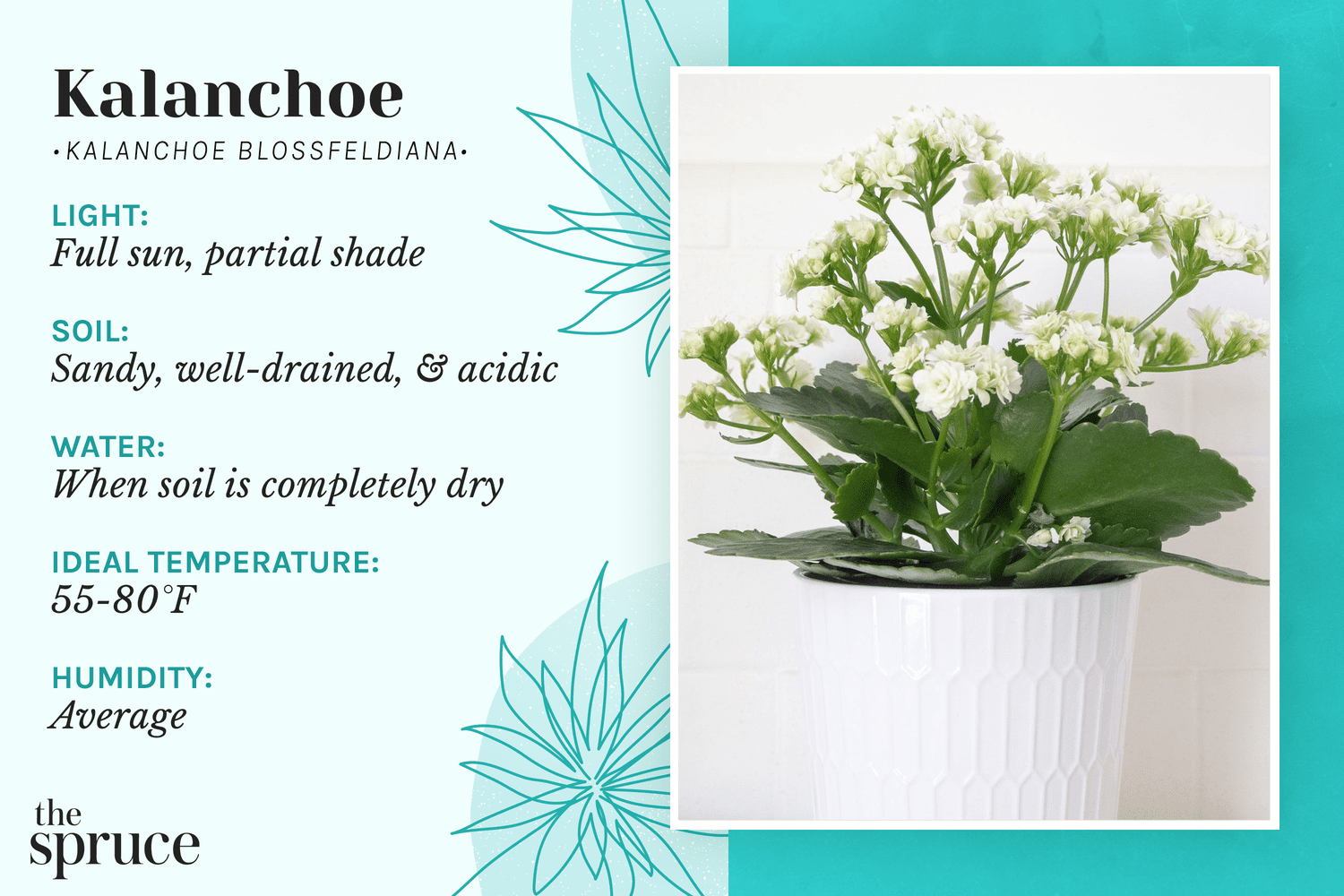
Credit: www.thespruce.com
Feeding Your Kalanchoe
Your Kalanchoe will benefit from some food. Use a balanced fertilizer. Here are some tips for feeding:
- Frequency: Feed your plant once a month.
- During Growing Season: This is spring and summer.
- Water First: Always water before you add fertilizer.
Do not feed your Kalanchoe in winter. The plant is resting during this time.
Repotting Your Kalanchoe
Sometimes, Kalanchoes need a bigger pot. This is called repotting. Here’s when and how to do it:
- When to Repot: If roots grow out of the pot, it’s time.
- Choose a Bigger Pot: Pick one that is one size larger.
- Use Fresh Soil: Use a well-draining soil mix.
Be gentle when moving your plant. Remove the old soil carefully. Place the plant in its new pot and add fresh soil around it.

Credit: www.youtube.com
Pruning Your Kalanchoe
Pruning helps keep your plant healthy. It removes dead leaves and flowers. Here’s how to prune:
- Use Clean Scissors: Always start with clean tools.
- Remove Dead Leaves: Cut off any brown or dead leaves.
- Trim Flowers: After blooming, cut the flowers off.
Pruning encourages new growth. It also keeps your plant looking nice.
Common Problems
Like all plants, Kalanchoes can have problems. Here are some common issues:
- Yellow Leaves: This may mean too much water.
- Brown Leaves: This often means not enough water.
- Pests: Check for bugs like aphids or mealybugs.
If you see pests, remove them with a damp cloth. You can also use insect soap to treat your plant.
Propagating Your Kalanchoe
Propagating means making new plants. You can grow new Kalanchoes from leaves or stems. Here’s how:
- Choose a Healthy Leaf or Stem: Look for healthy parts of the plant.
- Let it Dry: Place the leaf or stem in a dry place for a few days.
- Plant it: After it dries, plant it in soil.
Water it lightly and place it in a bright spot. New roots will grow over time.
Conclusion
Caring for a Kalanchoe plant is easy. With the right light, water, and food, it will thrive. Remember to prune and repot when needed. Watch for problems like yellow leaves or pests. With some simple care, your Kalanchoe will bring joy to your home.
Now you know how to care for your Kalanchoe. Happy gardening!


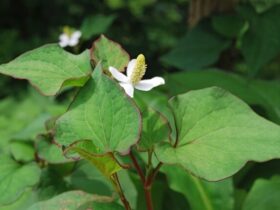


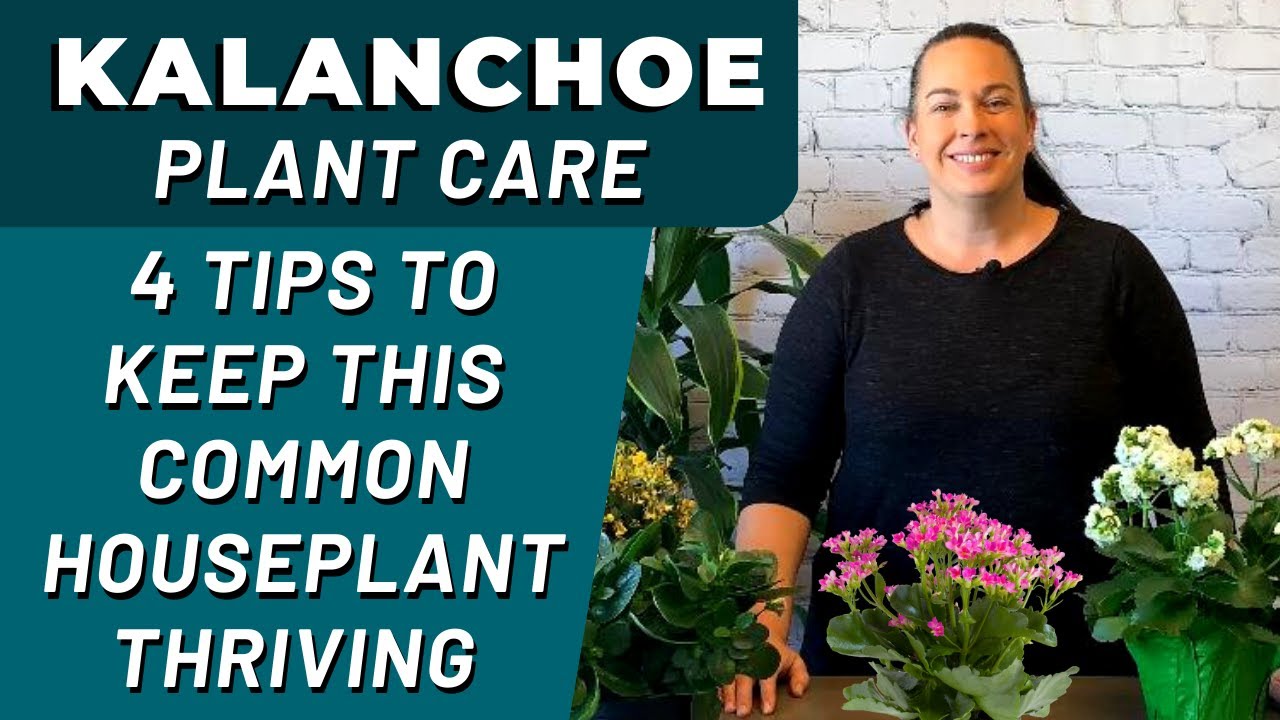
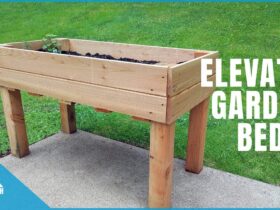



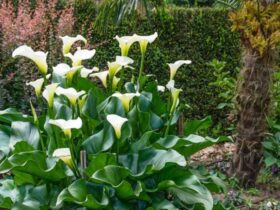
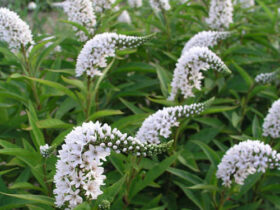


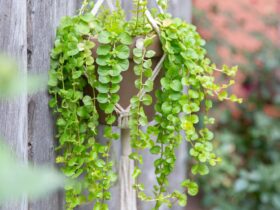
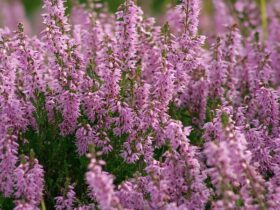

Leave a Review